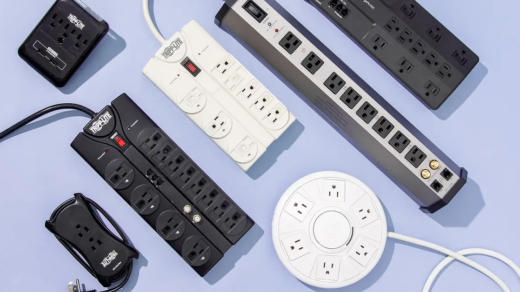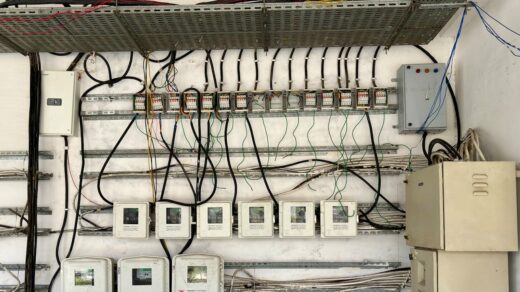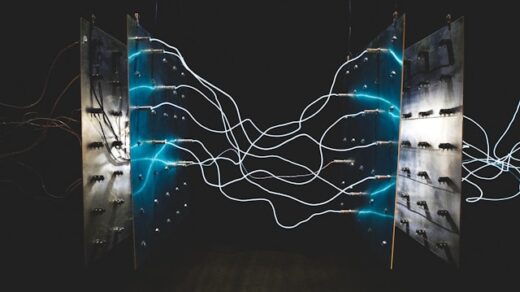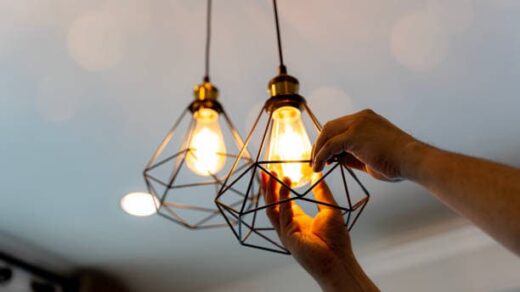When it comes to the safety and efficiency of our homes, the electrical wiring system plays a pivotal role. But, just like every other home component, electrical wires wear out, degrade, or can be improperly installed. So, how do you check the integrity and safety of the electrical wiring in your home? Let’s unravel this together.
Understanding Your Home’s Electrical System
Home electrical anatomy: It’s crucial to understand the different components of your home’s electrical system. Think of it like our body. Just as veins transport blood, wires transmit electricity.
Types of Electrical Wiring
- Non-Metallic (NM) Cable: Commonly known as Romex, predominantly used in residential areas;
- Underground Feeder (UF): It’s waterproof. Used for outdoor applications;
- Low-Voltage Wiring: Often used for doorbells, intercoms, etc.
Ever heard of the saying, “Don’t judge a book by its cover?” Similarly, don’t judge a wire by its jacket. Different wires serve various purposes. Recognizing them is step one.
DIY Electrical Wiring Inspection Techniques
Before you bring in the big guns (professional electricians, I mean), here are some steps to assess your wiring:
Visual Inspection
Safety First! Before anything, ensure the power is off. With a flashlight:
- Check for frayed wires;
- Notice any discoloration on outlets or switches;
- Spot any exposed wires.
Using a Multimeter
This handy tool can be your best friend. Here’s how you can use it:
- Set your multimeter to AC Voltage;
- Insert the probes into the socket;
- A reading between 110-120 volts means things are good! Anything else? Hmm, might be a problem.
Remember, a multimeter isn’t just for pros. It’s like a thermometer, but for your home’s electrical health.
Outlet Testers
It’s as easy as plug-and-play. If the lights on the tester flash a certain way, you’ve got a problem. It’s that simple.
Signs of Electrical Problems
Like a game of detective, here are some tell-tale signs:
- Flickering Lights: Not always a ghostly presence. Could be a wiring issue;
- Burning Smell: Always a red flag. Please, don’t ignore this!;
- Buzzing Sound: If your outlets are buzzing louder than bees, it’s a concern;
- Regular Circuit Breaker Trips: It’s trying to tell you something.
When to Call a Professional
Sometimes, DIY just won’t cut it. When you:
- Find melted wires;
- Feel warm outlets;
- See sparks;
- Are in over your head!
Just like you wouldn’t self-diagnose a medical issue, some things are best left to the professionals.
Maintaining Electrical Safety at Home
Prevention is better than cure, they say. Here’s how:
- Regular Check-ups: Like a dental visit, but for your home;
- Don’t Overload Outlets: Seriously! They’re not infinite power sources;
- Know Your Circuit Breaker: It’s not just a switch. It’s a safety mechanism.
The Future: Smart Home Wiring
With tech advancing, smart homes are no longer just in sci-fi movies. But, they need smart wiring. It’s not only about connectivity but also safety. As you transition, make sure your wiring isn’t just smart, but also safe.

Potential Hazards of Faulty Electrical Wiring
Electrical wiring isn’t just about ensuring our devices and appliances work properly. At its core, it’s a critical safety component of our homes. Faulty wiring doesn’t merely risk short-circuiting your latest tech gadgets, but it has more dire repercussions.
House Fires
Perhaps the most concerning threat of faulty wiring is the potential for house fires. Electrical fires can start because of overloaded circuits, worn-out wires, or even simple things like a rodent gnawing through an essential wire. These fires often begin behind walls or in places that aren’t easily visible, making them particularly dangerous. By the time you smell smoke or see flames, significant damage may have already occurred.
Electrocution and Electric Shocks
Another hazard that faulty wiring presents is the risk of electrocution or electric shocks. Think about every time you plug in a device, switch on a light, or use an appliance. Each of these everyday actions can turn into a safety nightmare if there’s an undetected issue with your home’s wiring. From mild tingling sensations to severe electric shocks, the spectrum of risks is vast and deeply concerning.
Appliance Damage
Your home’s appliances, both big and small, rely on the electrical system for their operation. Faulty wiring can deliver inconsistent power or even power surges, which can harm these appliances. Over time, this can degrade the appliance’s functionality, shorten its lifespan, or damage it irreparably. For those expensive, high-end gadgets and appliances, this can also mean a significant financial loss.
The Role of Modern Electrical Standards
In the journey of civilization, as we’ve innovated and enhanced our living standards, we’ve also understood the significance of safety, especially when it comes to something as potent and vital as electricity. Modern electrical standards are a testament to that evolving understanding.
Evolution Over Time
The early days of electricity in homes were, unsurprisingly, less regulated. But as we’ve encountered and learned from accidents, failures, and the ever-growing need for power in modern homes, the standards have tightened. Today’s electrical standards are a culmination of decades of knowledge, ensuring that every new home built has a robust and safe electrical foundation.
Keeping Up with Technological Advancements
With the explosion of tech devices, smart homes, and energy-consuming appliances, modern electrical standards aren’t just about safety but also about capability. As homes become smarter, they require intricate wiring systems that can handle high loads, transfer data, and even “communicate” with various devices. The current standards ensure that homes are not just electrically safe but are also future-ready.
Benefits of Compliance
Compliance with modern electrical standards isn’t just about meeting legal requirements. It’s about peace of mind. Knowing that your home’s electrical wiring adheres to the latest guidelines ensures that the risks of fires, electrocutions, and other electrical mishaps are minimized. It’s an assurance every homeowner deserves.

Conclusion
Checking the electrical wiring in your home is a blend of understanding, observation, and timely action. It’s more than just wires and circuits; it’s about ensuring a safe haven for you and your loved ones. So, equip yourself, stay informed, and when in doubt, always seek professional help.
FAQs
Ideally, once every 3-5 years or if you observe any unusual signs.
Yes, for minor checks. However, for a thorough inspection, always consult a professional.
It varies but usually ranges between $100-$200, depending on the size of the house.
Absolutely! Inefficient wiring can cause energy wastage, hiking up your bills.
Often, it’s loose electrical connections or outdated wiring systems.








